El peón pasado, un delincuente que se debe encerrar.||The passed pawn, a criminal who must be locked
3
About :
El final de partida se da cuando el juego se encuentra muy avanzado y quedan pocas piezas en el tablero. Se ha superado entonces el medio juego y se ha entrado en una fase donde muchas normas, que antes eran válidas, cambian radicalmente. Muchos expertos recomiendan a la persona que está estudiando ajedrez que empiece su aprendizaje con los finales, ya que están estrechamente conectados con la apertura y el medio juego. Lo que hagamos en esas dos fases de la partida, repercutirá en un posible final que se de en el futuro.
Una de las claves de un final son los peones pasados (peones que no tienen enfrente suyo ningún peón rival que los pueda detener), al quedar pocas piezas en el tablero aumentan las posibilidades de que se conviertan en dama, algo que puede resultar decisivo. Por este motivo, cuando hay un peón pasado en el tablero toda la atención se centra sobre él: el bando que lo tiene busca que avance de la forma que sea; por contra, el enemigo tratará de detenerlo con todo el arsenal que le quede. Cuanto más cerca de la octava fila se encuentre el peón pasado, más peligroso será. La importancia y peligrosidad de los peones pasados es algo que se ha tenido claro desde que se ideó la norma de la coronación, el genial y siempre ocurrente Aaron Nimzowitsch lo definió perfectamente: "El peón pasado es un delincuente al que hay que encerrar bajo llave".
La primera norma a seguir es bastante importante. Durante una partida sabemos que hay que colocar el rey en un lugar seguro, casi siempre se usa el enroque para este propósito. Pero cuando entramos en el final todo cambia. Hay pocas piezas, por lo que el rey no está tan amenazado y puede salir al exterior sin temor. Por ello, en los finales el rey debe encaminarse hacia al centro para apoyar al resto de piezas y convertirse en una pieza ofensiva. De hecho, se convierte en una pieza fundamental, no olvidemos que tiene corto alcance, pero se mueve en todas las direcciones y esto le permite controlar varias casillas a la vez.

Now in English.
The end of the game occurs when the game is very advanced and there are few pieces left on the board. The middlegame has then been overcome and a phase has been entered where many rules, which were previously valid, change radically. Many experts recommend that the person who is studying chess start their learning with the endgame, since they are closely connected to the opening and the middlegame. What we do in these two phases of the game will have an impact on a possible ending that occurs in the future.
One of the keys to an ending are the passed pawns (pawns that do not have any rival pawn in front of them that can stop them). Since there are few pieces left on the board, the chances of them becoming a queen increase, something that can be decisive. For this reason, when there is a passed pawn on the board, all attention is focused on it: the side that has it seeks to advance it in any way; On the other hand, the enemy will try to stop him with all the arsenal he has left. The closer the passed pawn is to the eighth rank, the more dangerous it will be. The importance and danger of passed pawns is something that has been clear since the coronation rule was devised, the brilliant and always witty Aaron Nimzowitsch defined it perfectly: "The passed pawn is a criminal who must be locked up. ".
The first rule to follow is quite important. During a game we know that the king must be placed in a safe place, castling is almost always used for this purpose. But when we enter the end everything changes. There are few pieces, so the king is not as threatened and can go outside without fear. Therefore, in the endings the king must move towards the center to support the rest of the pieces and become an offensive piece. In fact, it becomes a fundamental piece, let's not forget that it has short range, but it moves in all directions and this allows it to control several squares at the same time.
Herramientas usadas para la realización de mi material.
Imágenes usadas: Son capturas de pantalla sacadas durante la edición del vídeo.
Editor de imagen: Photoshop Cs 6.
Editor de vídeo: Camtasia Studio 8.
Cámara utilizada: Teléfono Samsumg A02.
El separador de texto lo hice usando el logo de hive, la silueta de las piezas están entre las herramientas del photoshop.

Tools used for the realization of this material.
- Images used: Screenshots taken during the editing of the video.
- Image editor: Photoshop Cs 6.
- Video editor: Camtasia Studio 8.
- Camera used: Samsumg A02 phone.

Tags :
Their limit for today is $0!
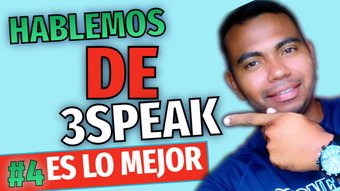
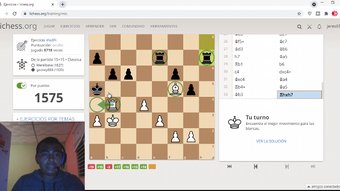


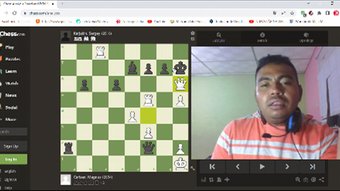
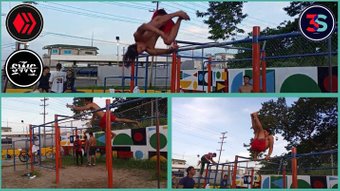

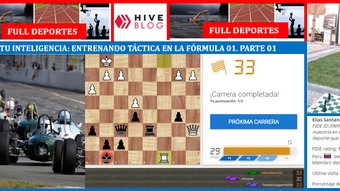
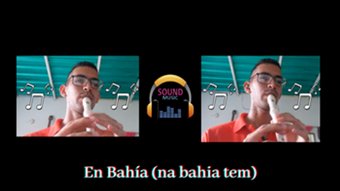
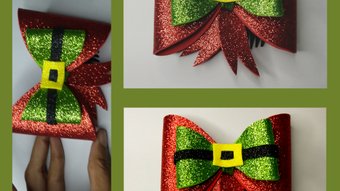
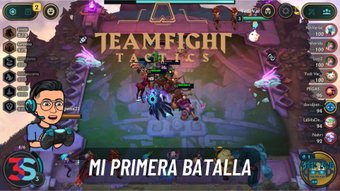




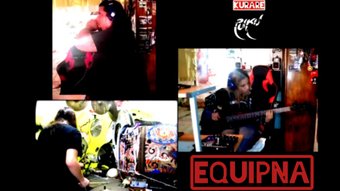



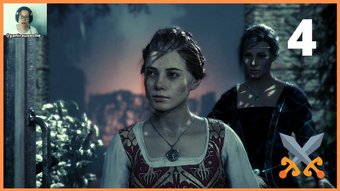
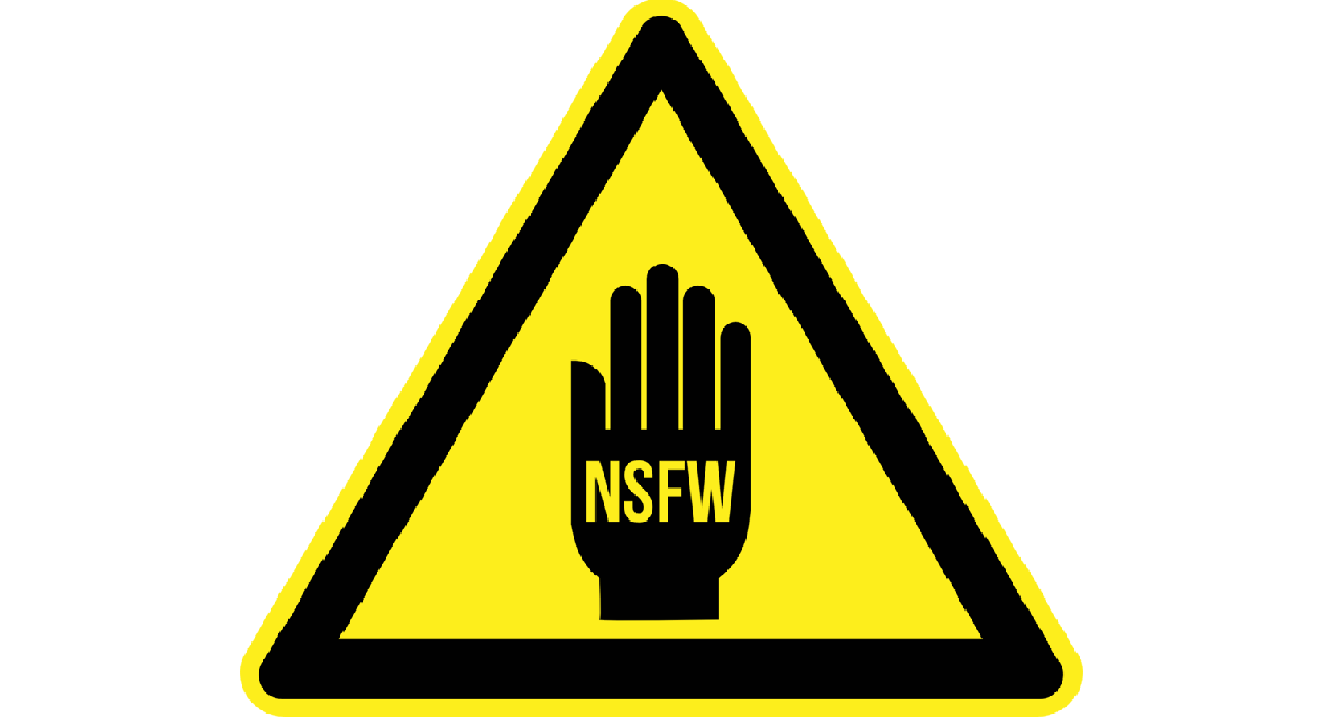







Comments:
Reply:
To comment on this video please connect a HIVE account to your profile: Connect HIVE Account